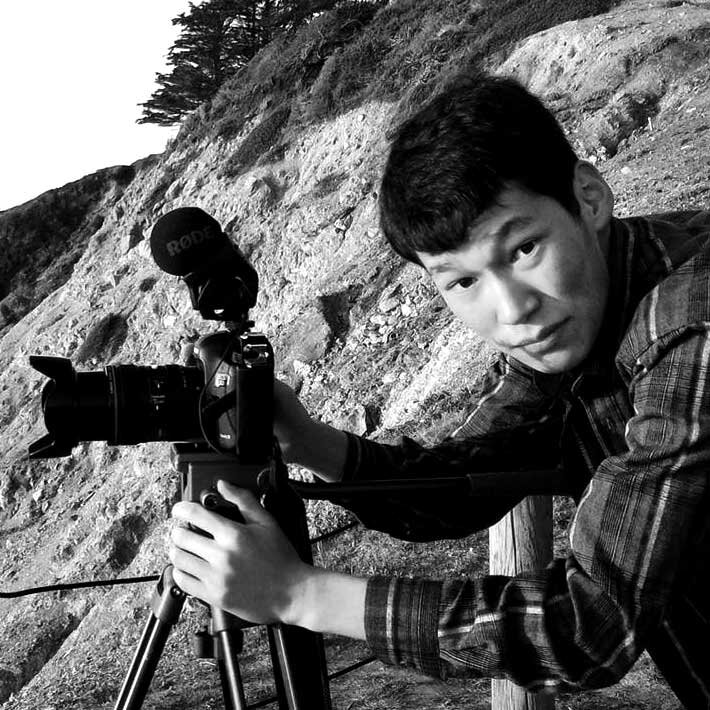Capturing Video
This course looks at the production of video materials in a closed-captioned digital video format for circulation on social networks.
COURSE DESCRIPTION
This course looks at the production of video materials in a closed-captioned digital video format for circulation on social networks. These videos receive millions of views – they are short, dynamic, and can be watched without sound. This course is designed so that even a beginner can learn how to create these videos. All facets of shooting and editing will be covered, from the essentials to more nuanced aspects of production.
WHAT YOU WILL LEARN
You will learn how to catch the viewer’s attention, choose music to match content and tone, correctly write subtitles and captions, how to make and edit videos from scratch and more.
COURSE PROGRAMME
Lesson 1: Introduction
The internet, along with cheap smartphones, has made information of all kinds more readily available to the public than ever before. This means that the way news is received and understood has also changed. People have begun to read less -- not only books, but also news. Video, as a medium of communicating information, is rapidly taking over our world. This lesson discusses what the shift to video means for journalists and our industry.
Lesson 2: What do these videos consist of?
Captioned news videos aim to convey important stories to a huge audience on social media. They include text subtitles of any dialogue, as well as explanatory captions that build the storyline and aid the viewer’s understanding of what is being said. They can be recorded video, animation or a mixture of both, but above all must be short and attention-grabbing.
Lesson 3: How to compose a video and an audio sequence
You have about three to five seconds to capture the viewer's attention on social media. Additionally, some platforms have video time limits, restrictions on file size and other constraints that you must work around depending on where you plan to post your video. Therefore, it is important to be able to correctly compose a video and audio sequence.
Lesson 4: How to write captions
Closed captioning (the umbrella term for all written text in videos, including both subtitles and captions) is essential in video storytelling. Without captions, video alone will communicate very little within social media’s time constraints. Captions must communicate the most information via the fewest words possible in order to explain the essence of the story to the viewer in a few minutes.
Lesson 5: Shooting and editing a video from scratch
In previous lessons you took a theoretical course on creating a captioned video. Now we will create a video using what you’ve learned. This will be your last task before the final test.
Test: A 13-question/10-minute quiz to test your knowledge.
TRAINERS
Takhmina Khakimova
Journalist and videographer
Azat Ruziev
Video production trainer
Tilek Beishenaliev
Freelance videographer and editor
Languages:
Russian, Uzbek, Tajik, Kyrgyz and Kazakh
Course available at:
school.cabar.asia





